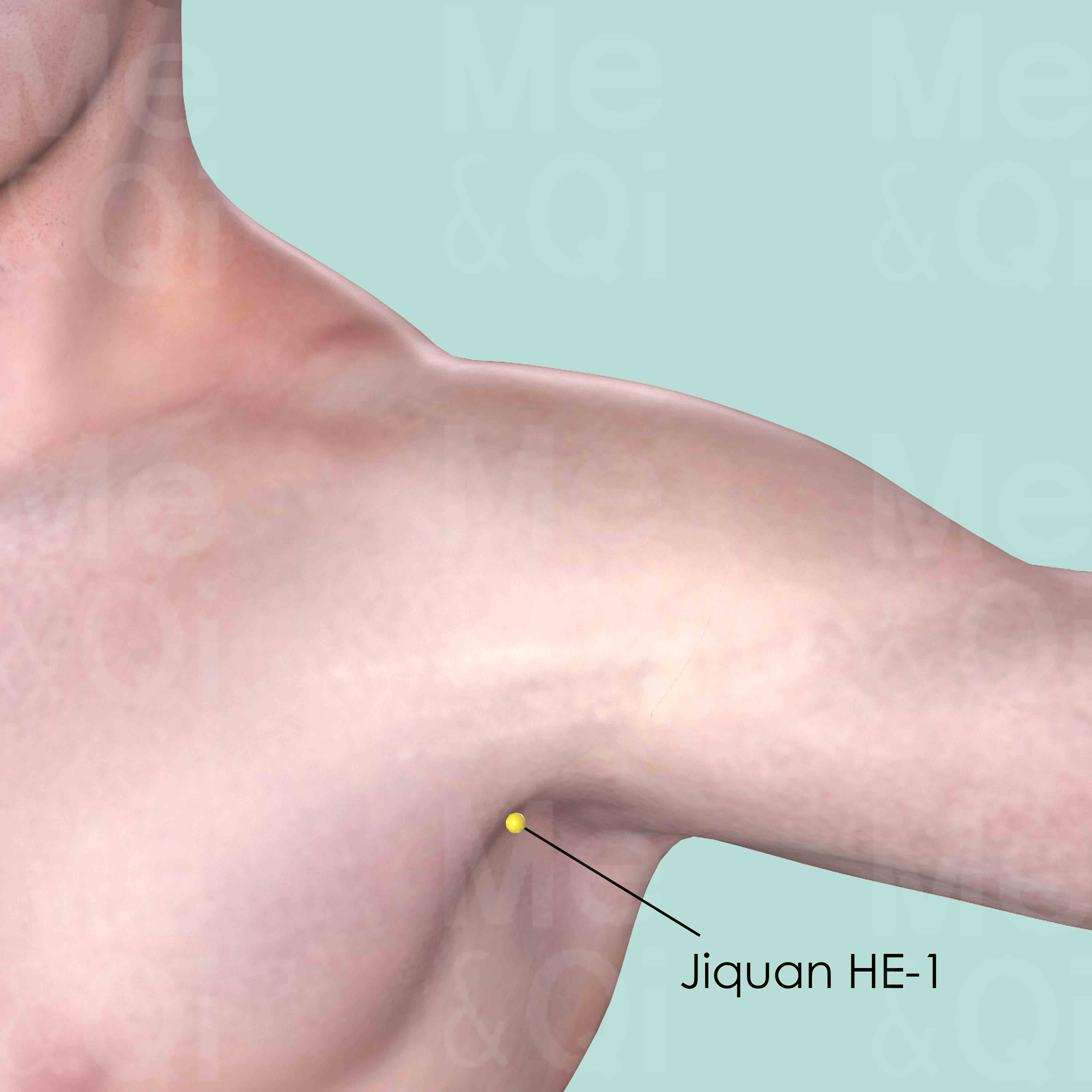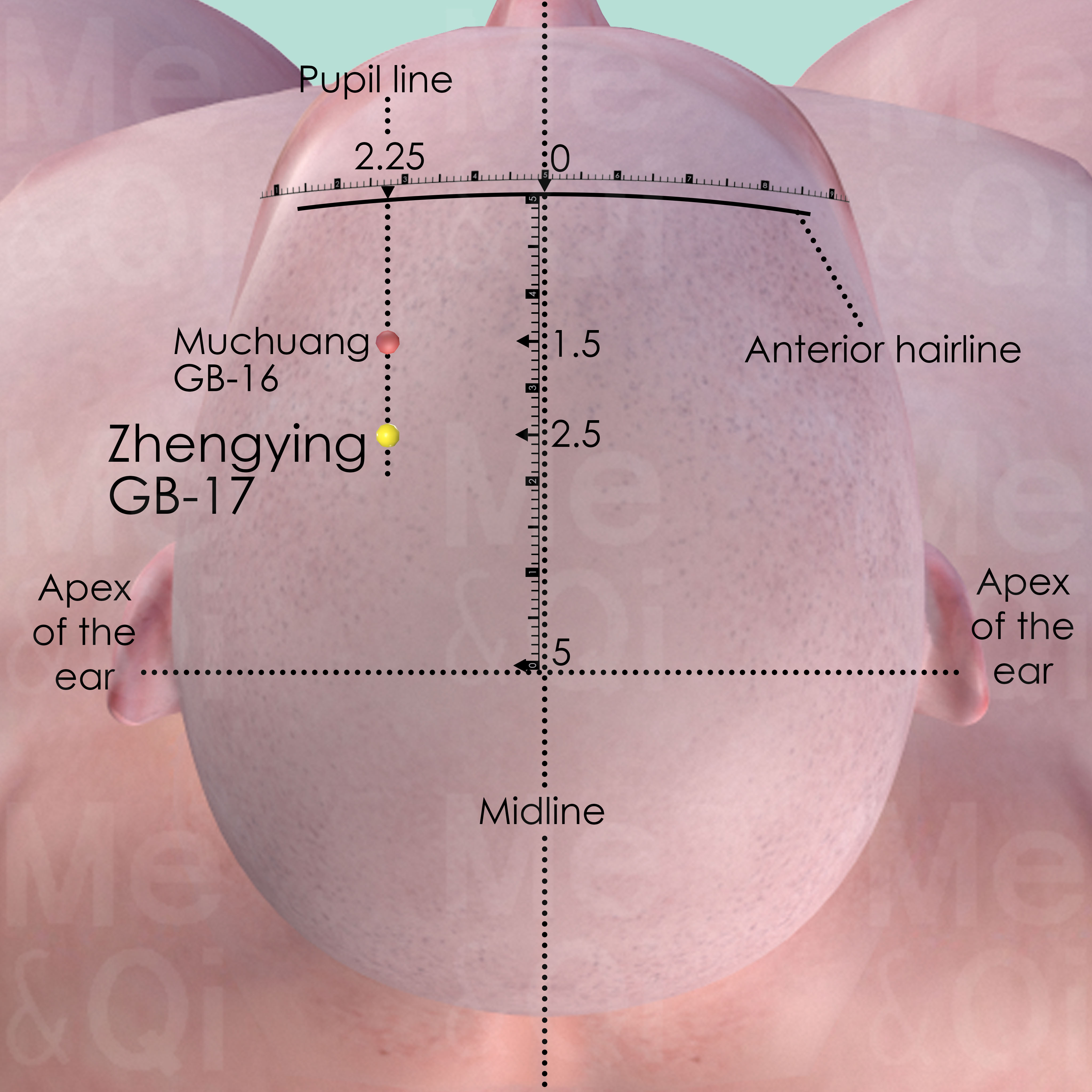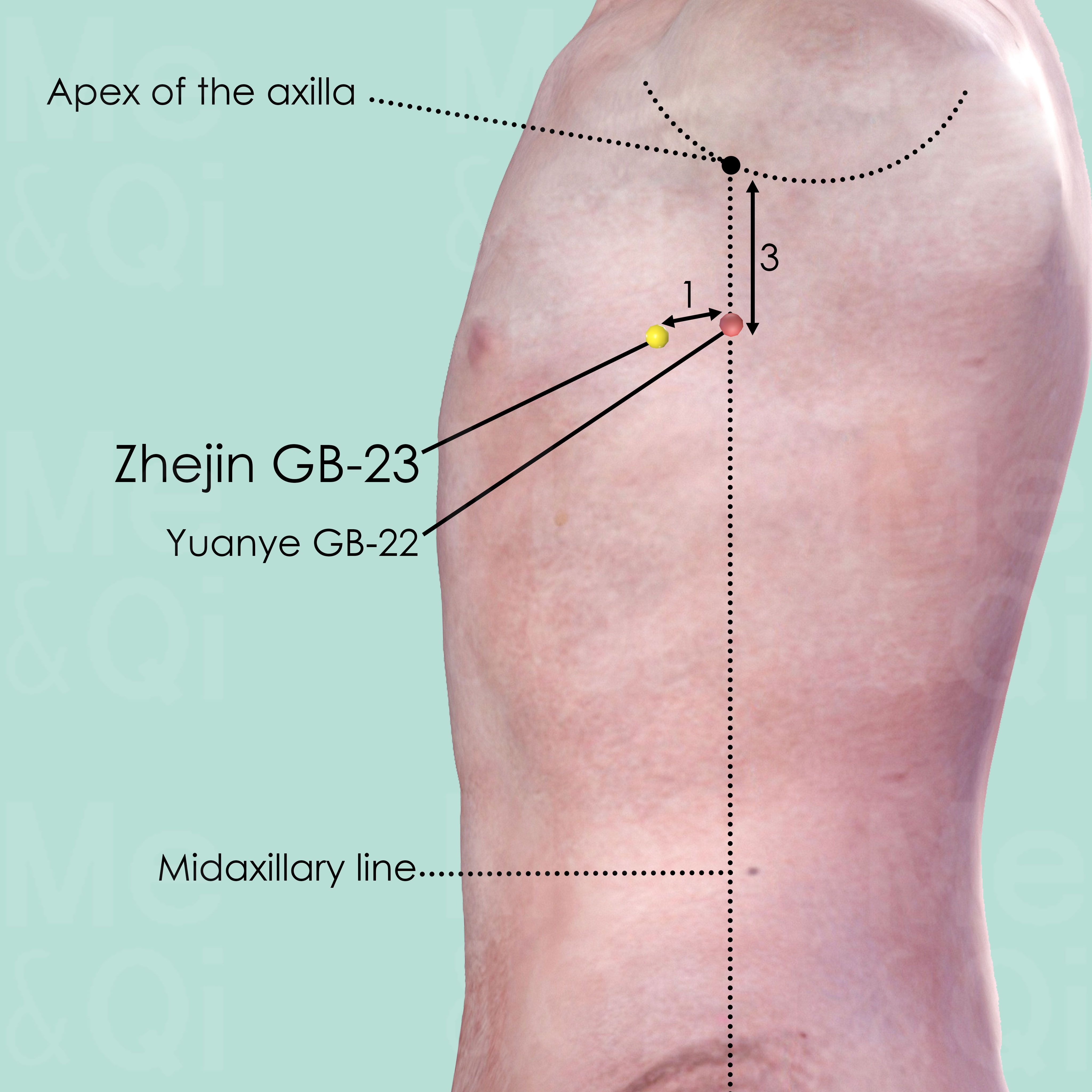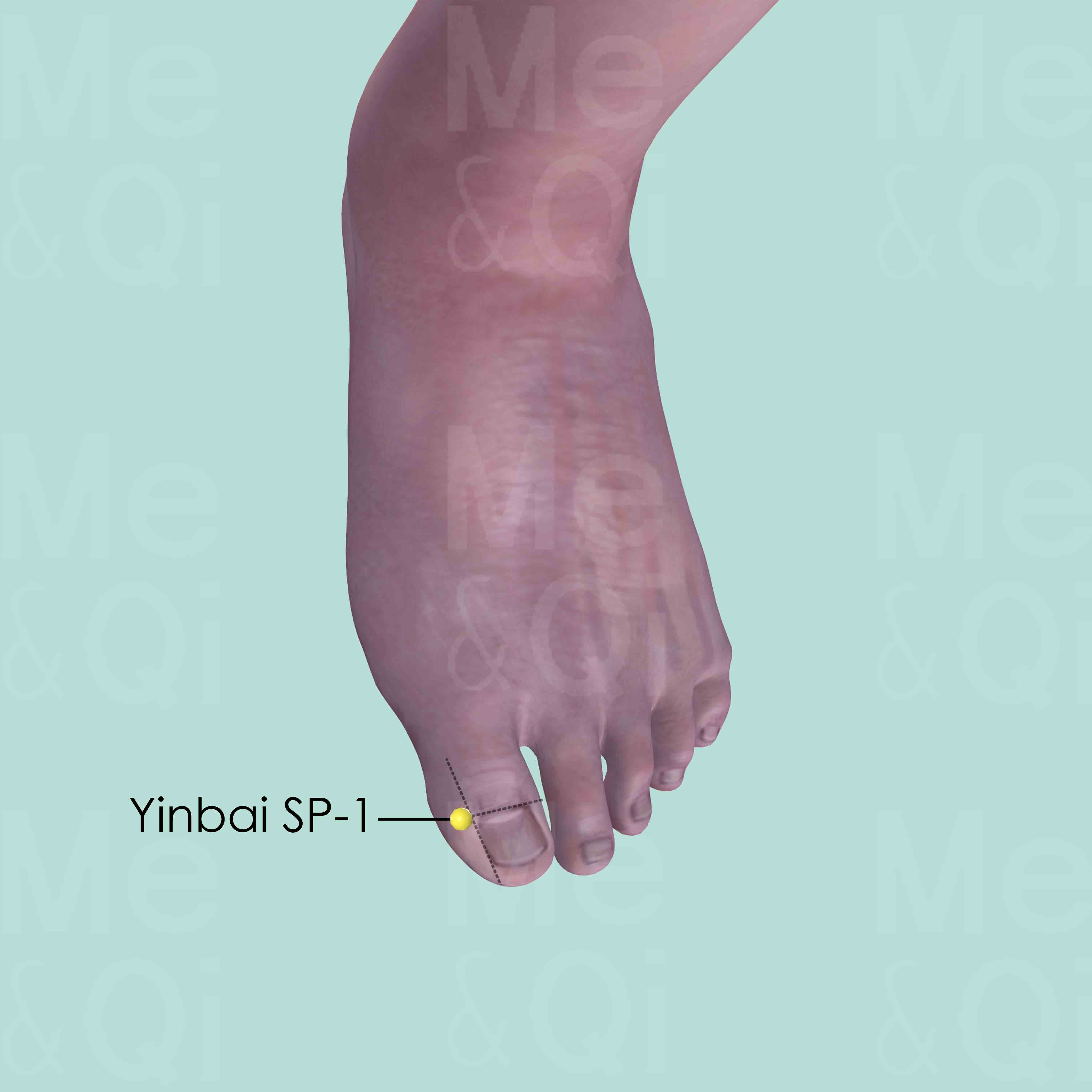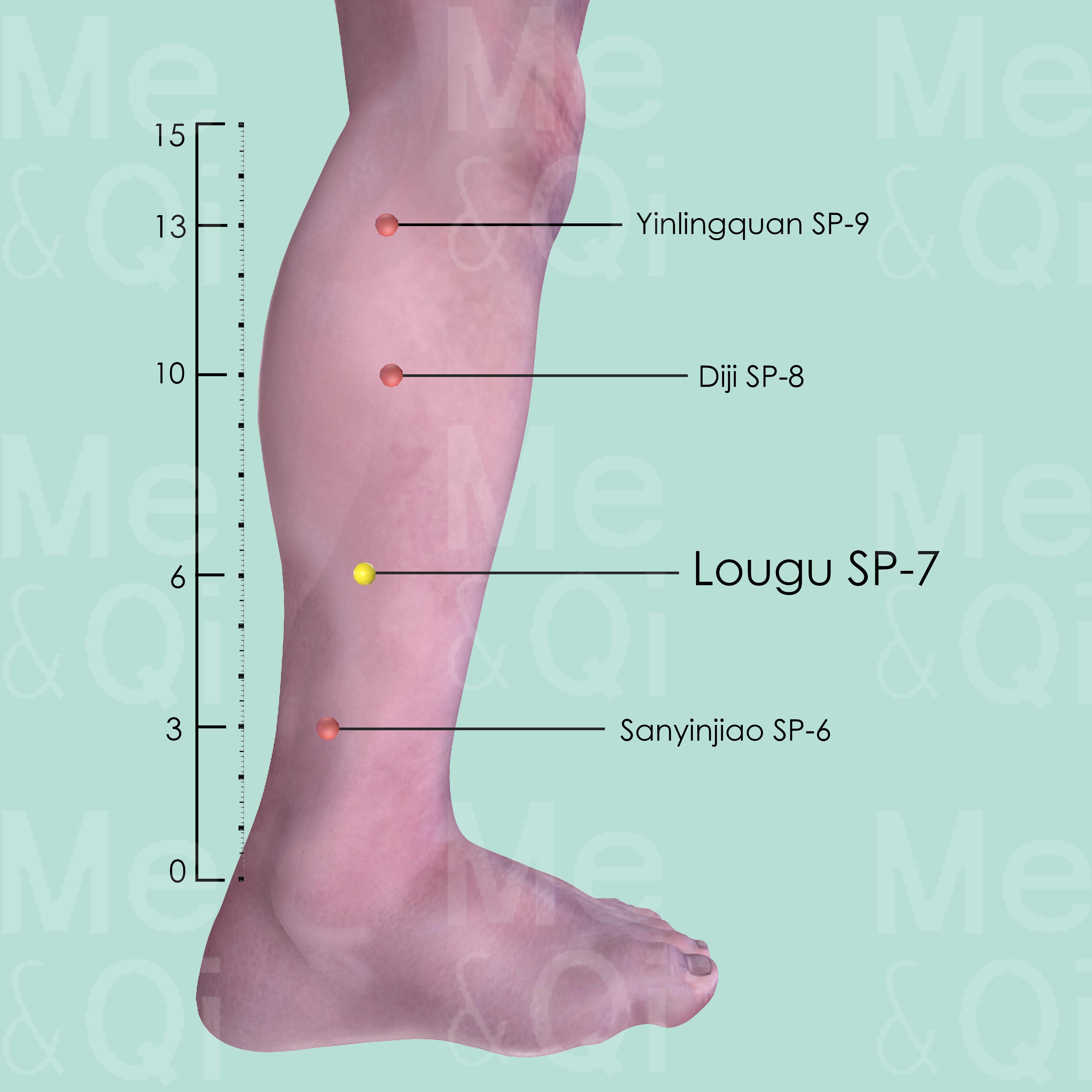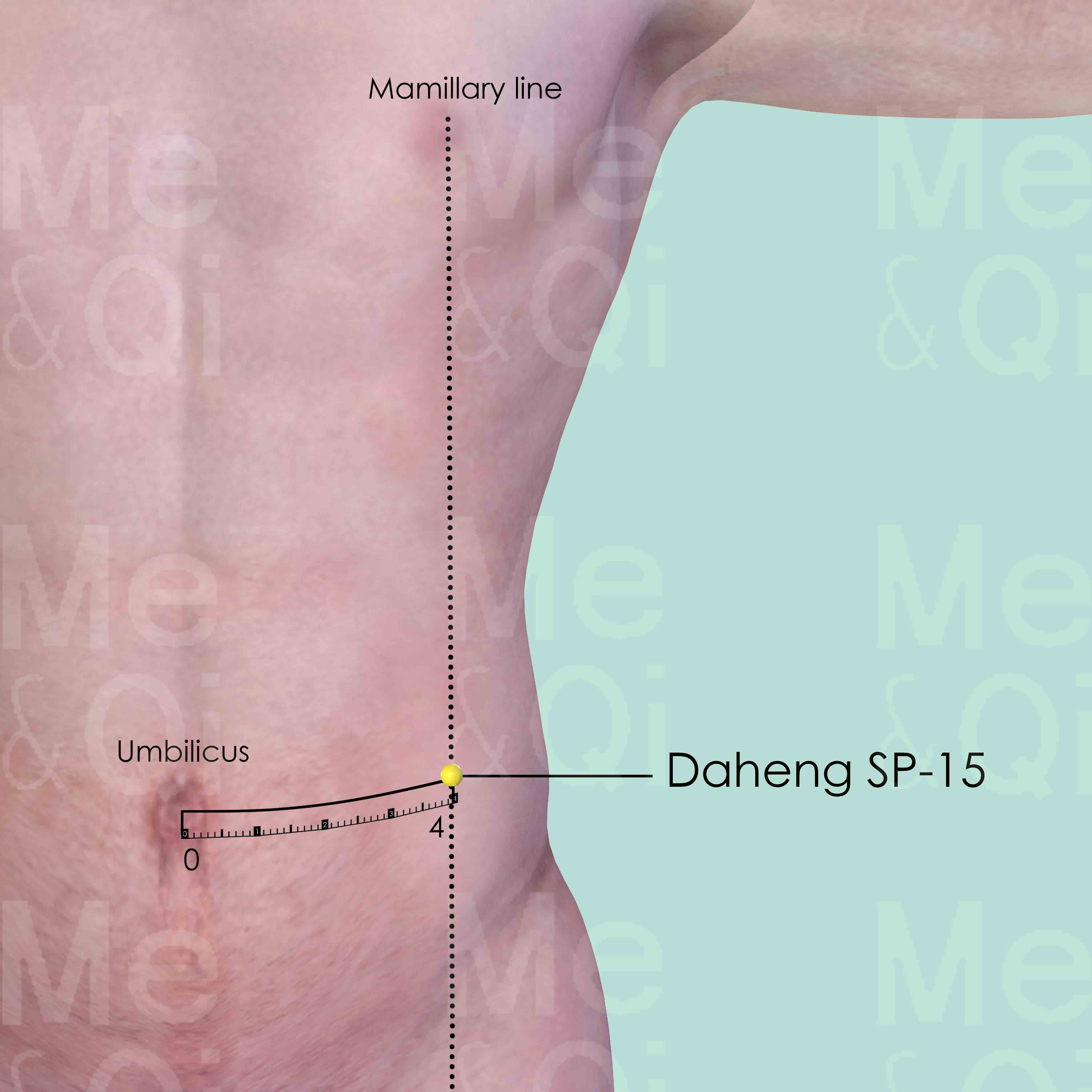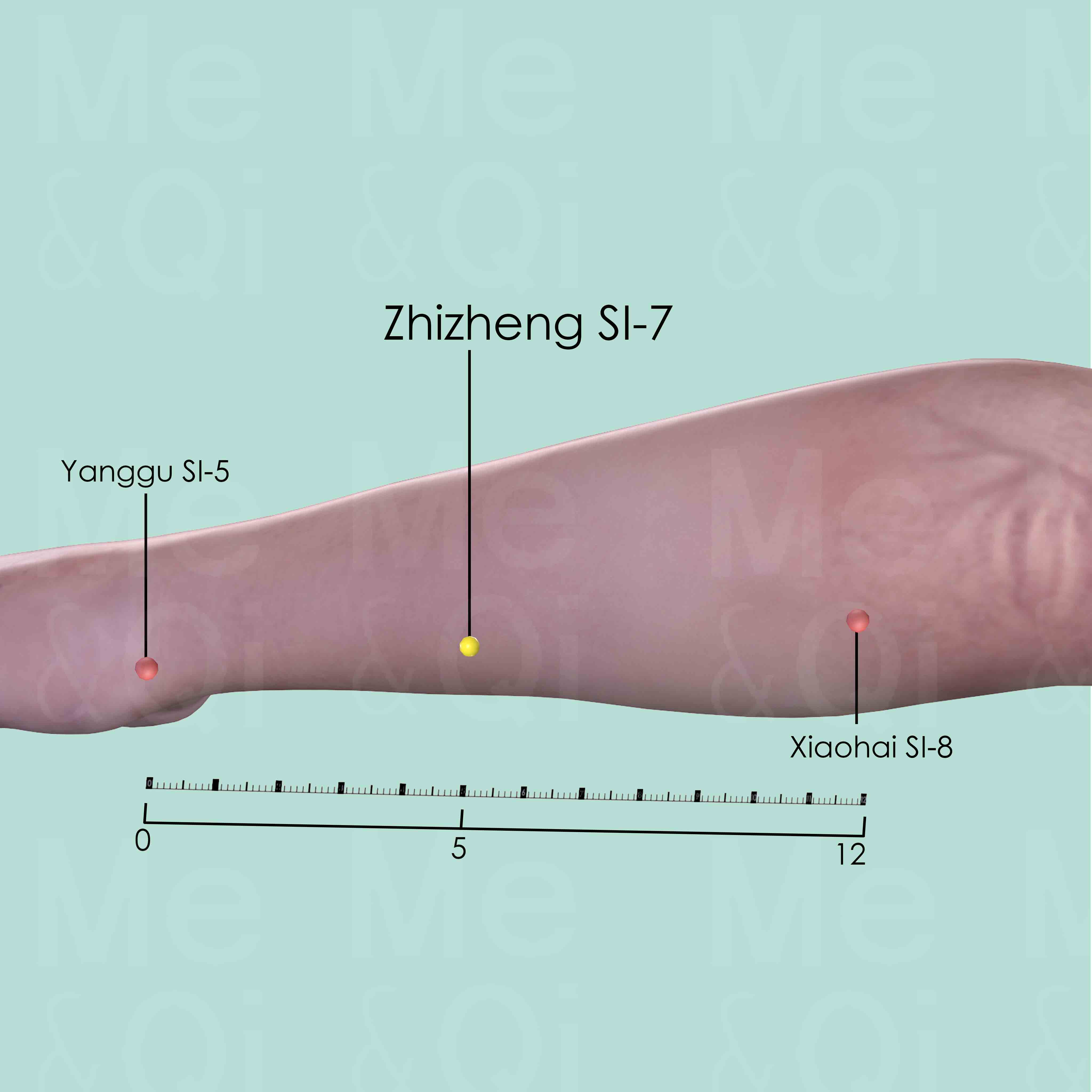Sadnessaccording to TCM
Symptom family: Depression and Sadness
Did you mean? Grief Depression Sadness
What is Sadness?
Sadness, a universal human experience, is characterized by feelings of unhappiness and a disheartened mood. This emotional state often arises in response to experiences of loss, disappointment, or dissatisfaction. While common and typically transient, prolonged periods of sadness can escalate into clinical depression, which may require medical attention. Recognizing sadness is critical as it not only affects mental health but can also influence physical well-being, potentially manifesting in various physiological symptoms.
How does TCM View Sadness?
Traditional Chinese Medicine (TCM) perceives sadness as a condition that can disturb the body's harmony and balance. It is associated with the disruption of Qi, the vital energy flowing through the body's meridians. TCM suggests that sadness can lead to a Stagnation of Qi, particularly affecting the Liver, Lung and Heart systems.
Unlike Western medicine, which often addresses the symptoms of sadness in isolation, TCM seeks to understand and treat the underlying imbalances contributing to this emotional state. Identifying the specific TCM pattern is essential because it guides the personalized treatment approach, aiming to restore equilibrium to the body's energies.
Acupoints for Sadness
In TCM, specific acupoints can be stimulated to alleviate the emotional and physical manifestations of sadness. For sadness rooted in the Heart Channel, points such as Shenmen HE-7 on the wrist are often used to calm the spirit and balance emotions. The Pericardium Channel, closely related to emotional processes, includes points like Neiguan P-6, which can be stimulated to harmonize the inner self and soothe distress.
The Bladder Channel points such as Shentang BL-44 may be selected to clear the Mind and facilitate emotional release. Each point is chosen based on its traditional indications and the individual's unique pattern of disharmony, reflecting TCM's holistic approach to healing the Mind and body.
Explore below some acupoints used to address sadness, organized by meridian.
- By Meridian
- Heart Channel
- Gall Bladder Channel
- Spleen Channel
- Bladder Channel
- Pericardium Channel
- Kidney Channel
- Governing Vessel
- Triple Burner Channel
- Lung Channel
- Small Intestine Channel
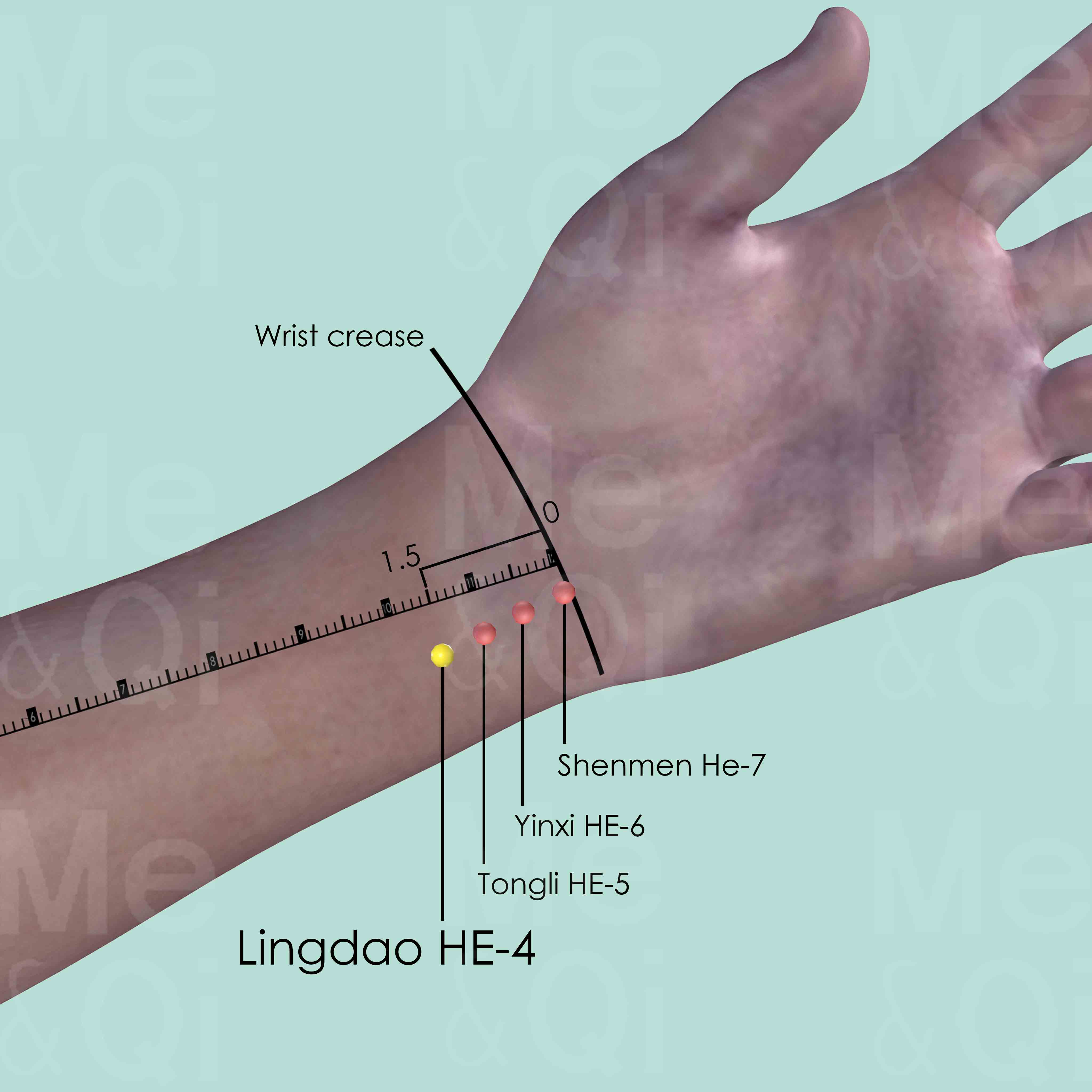
Lingdao HE-4
On the radial side of the tendon of flexor carpi ulnaris, 1.5 cun above the transverse crease of the wrist when the palm faces upward.
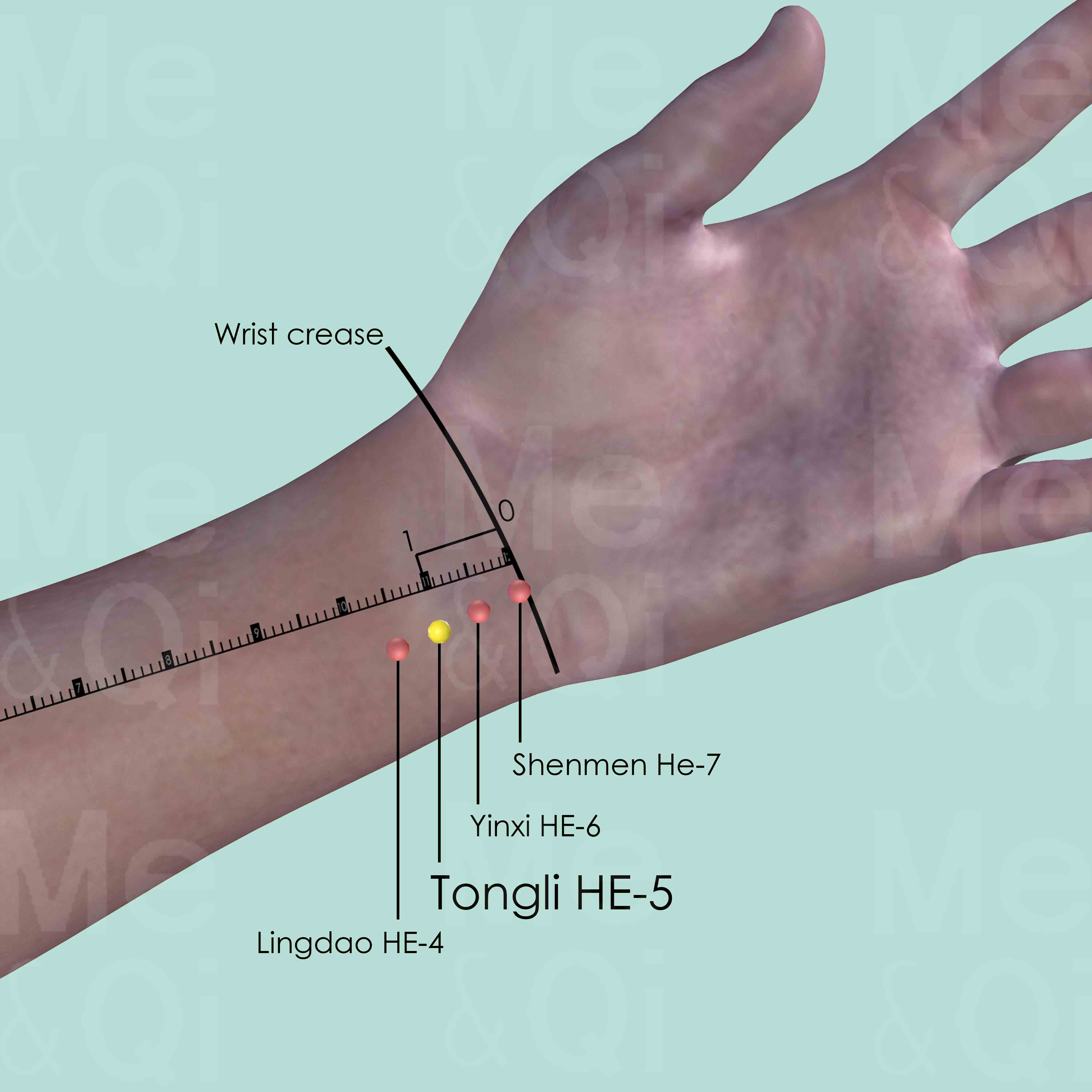
Tongli HE-5
On the radial side of the tendon of flexor carpi ulnaris muscle, 1 cun above the transverse crease of the wrist when the palm faces upward.
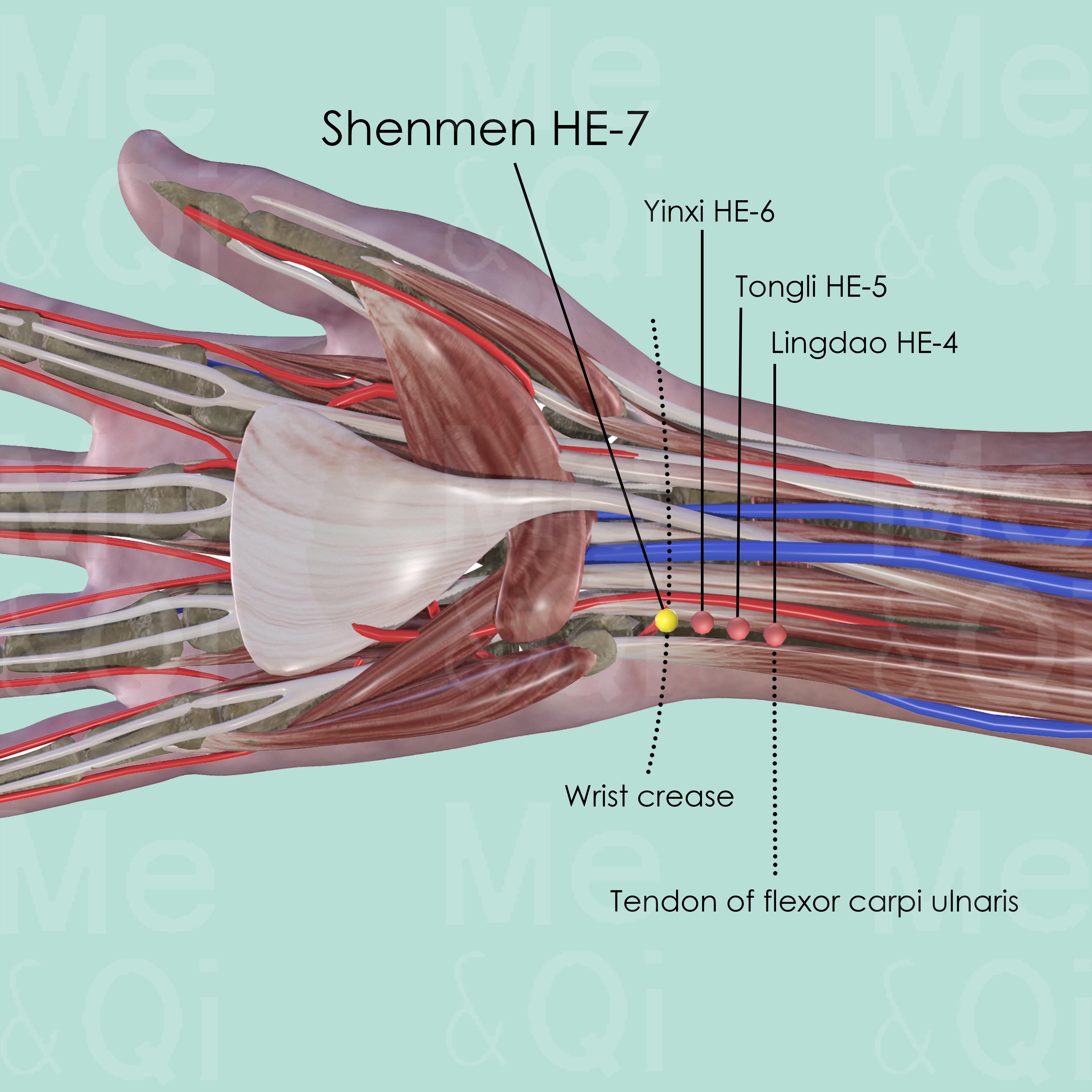
Shenmen HE-7
On the transverse crease of the wrist, in the articular region between the pisiform bone and the ulna, in the depression on the radial side of the tendon of flexor carpi ulnaris muscle.
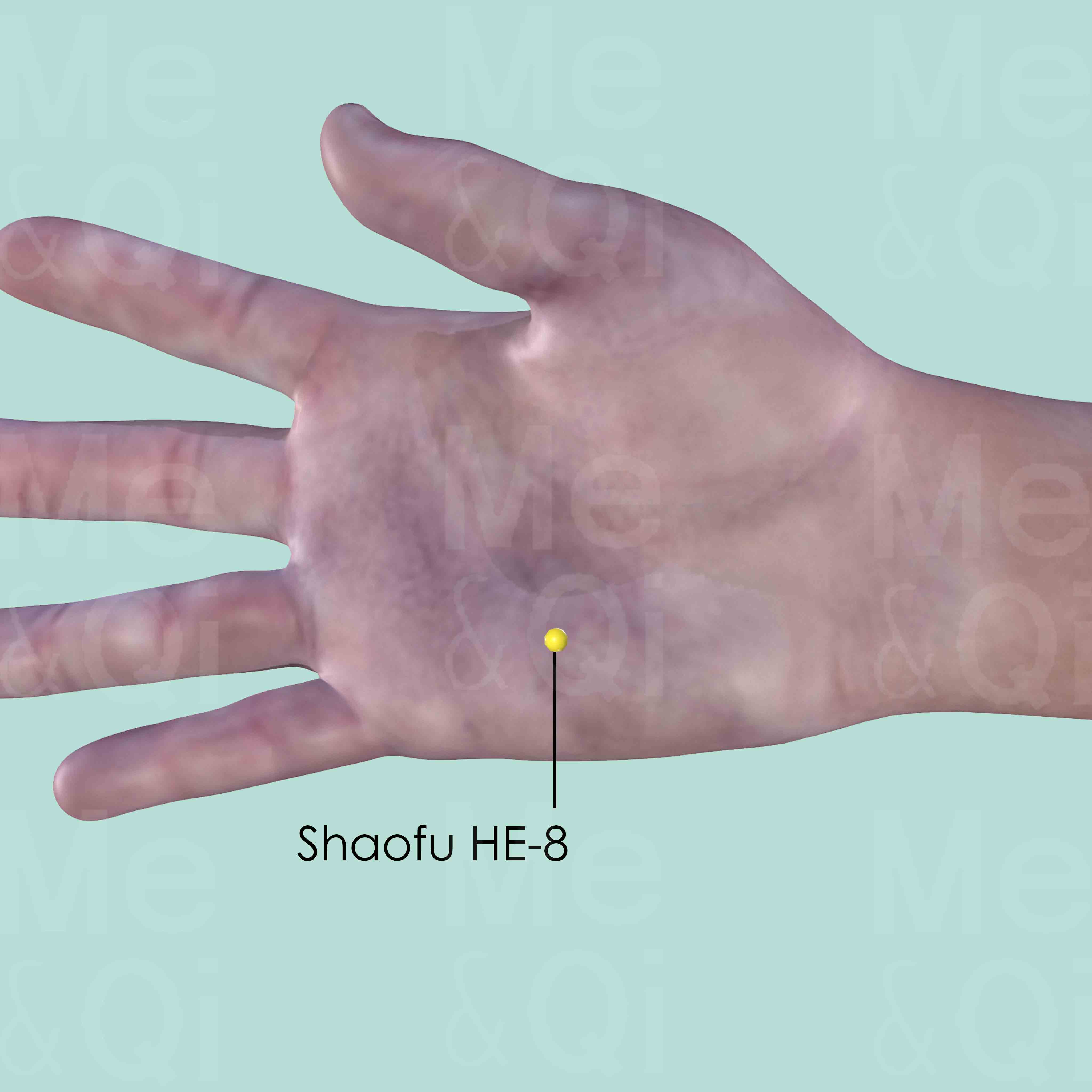
Shaofu HE-8
On the palmar surface, between the 4th and 5th metacarpal bones. When a fist is made, the point is where the tip of the little finger rests.
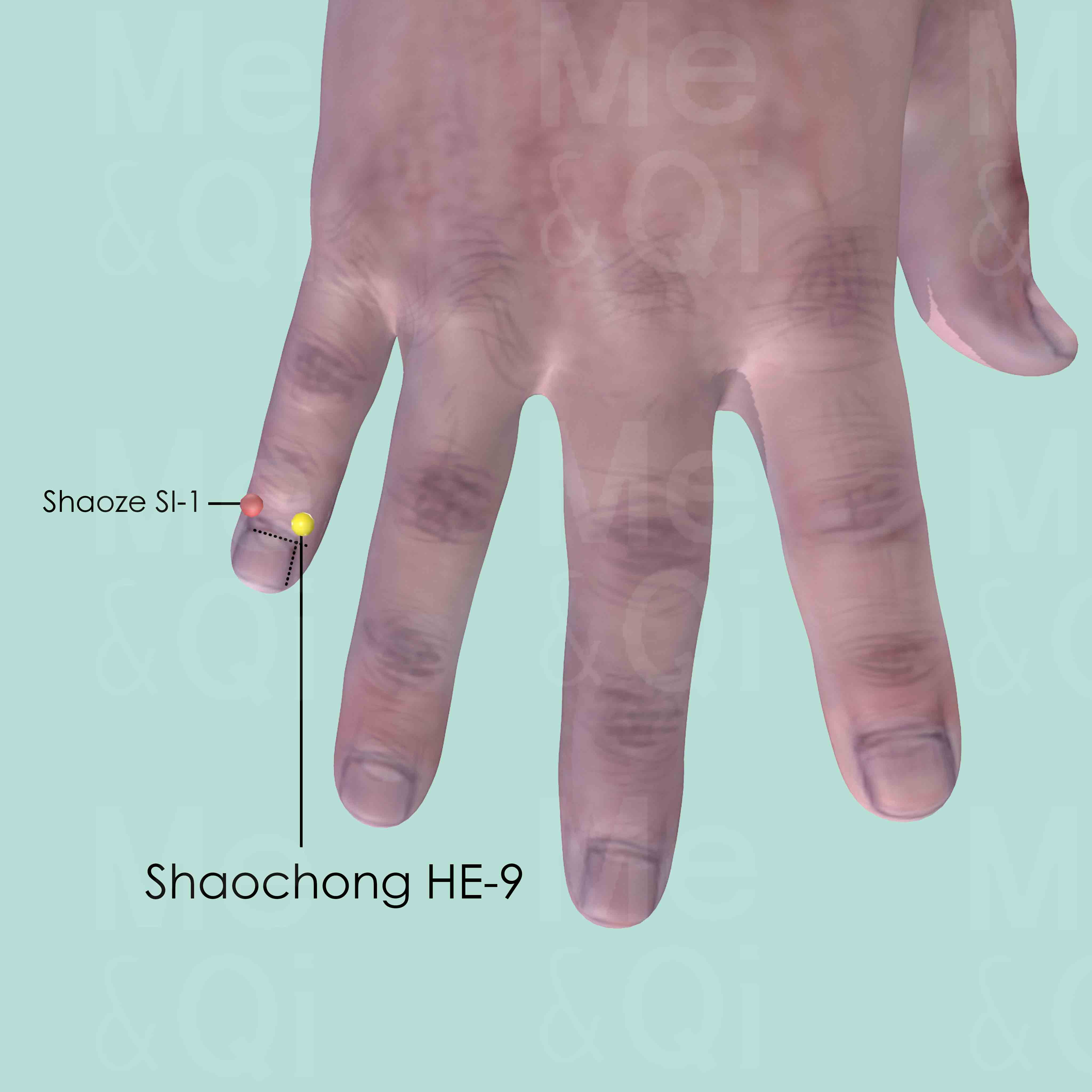
Shaochong HE-9
On the radial side of the little finger, about 0.1 cun posterior to the corner of the nail.
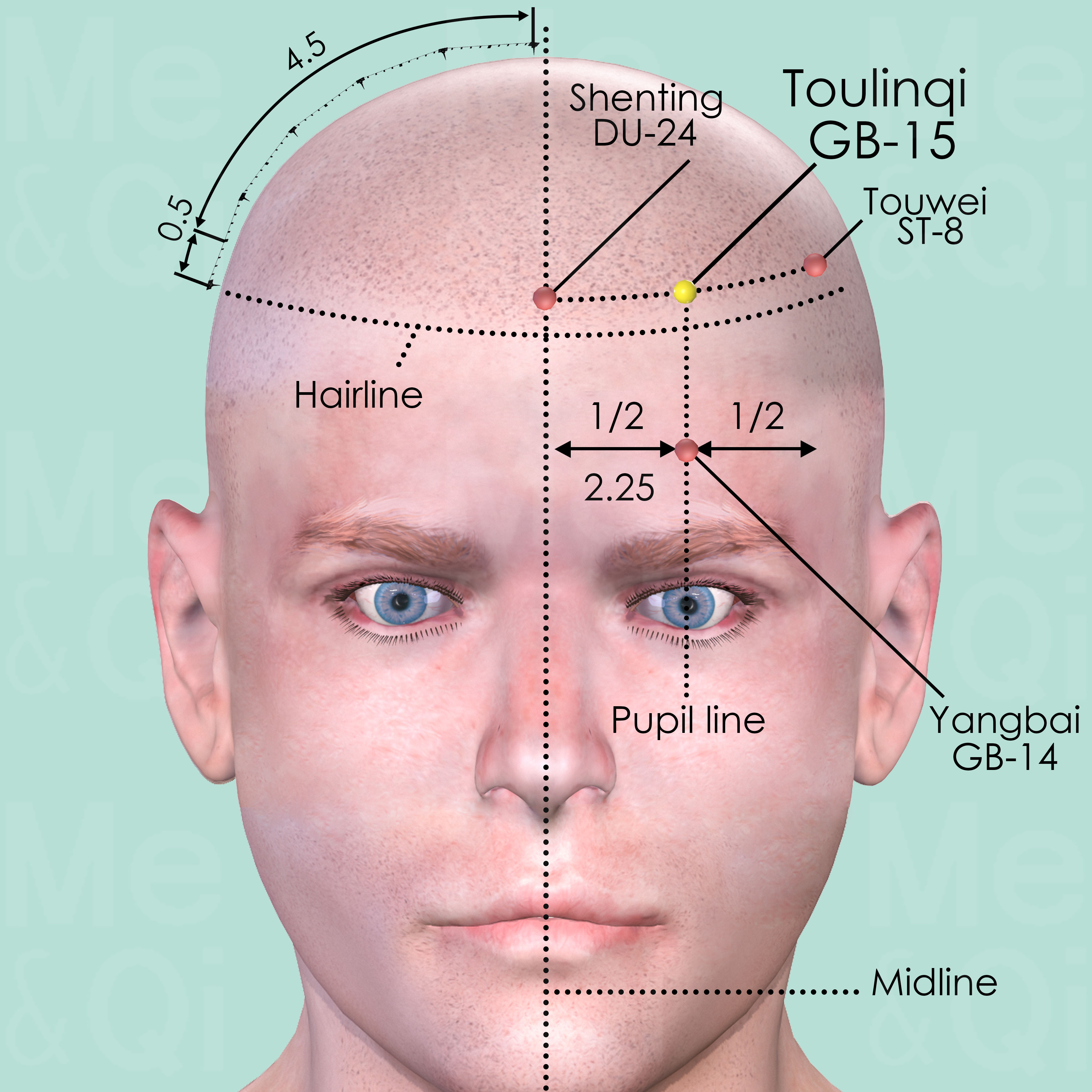
Toulinqi GB-15
Directly above Yangbai GB-14, on the pupil line, 0.5 cun within the hairline, midway between Shenting DU-24 and Touwei ST-8.
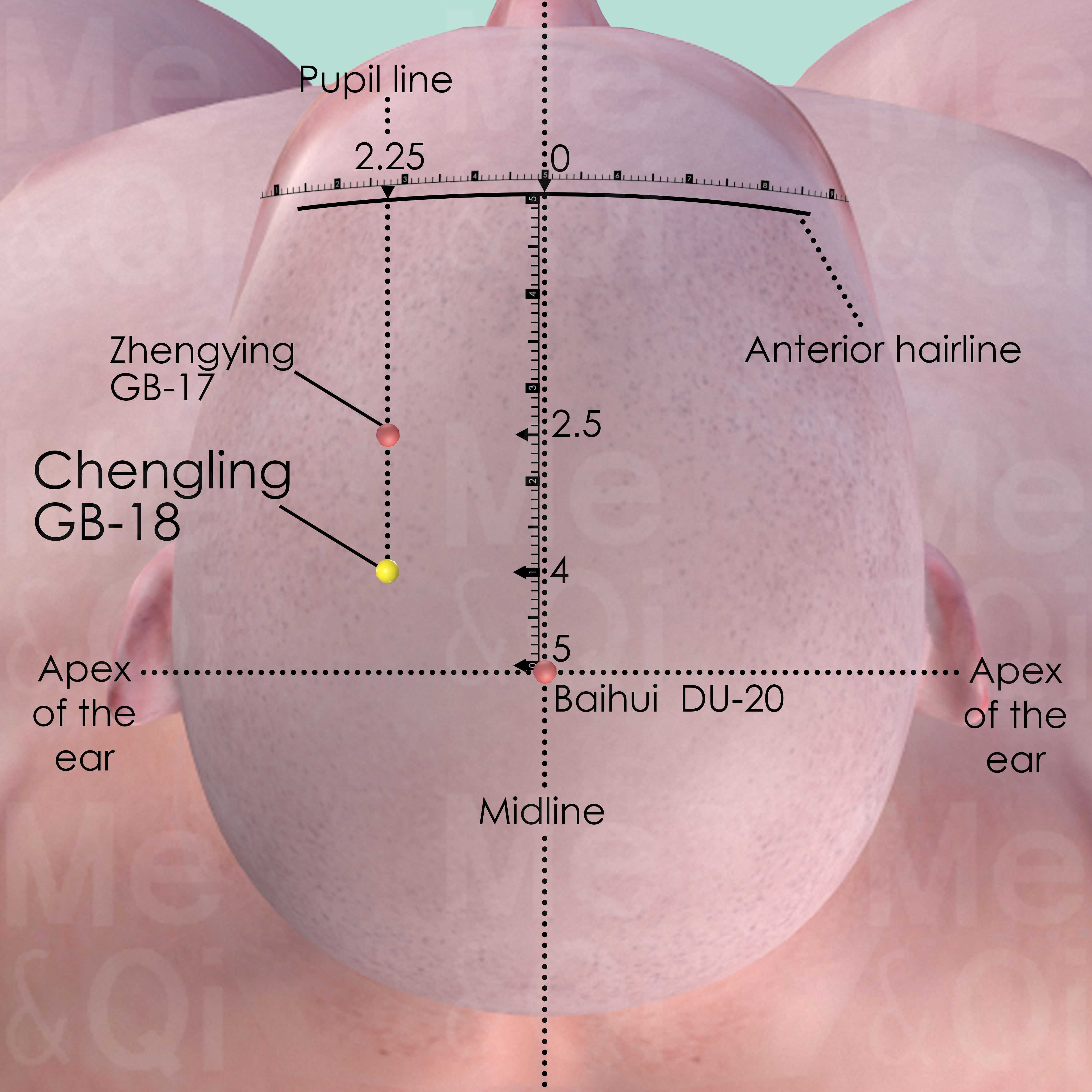
Chengling GB-18
1.5 cun posterior to Zhengying GB-17 or 4 cun posterior to the anterior hairline. Or 1 cun anterior and 2.25 cun lateral to Baihui DU-20, which is at the vertex of the head.
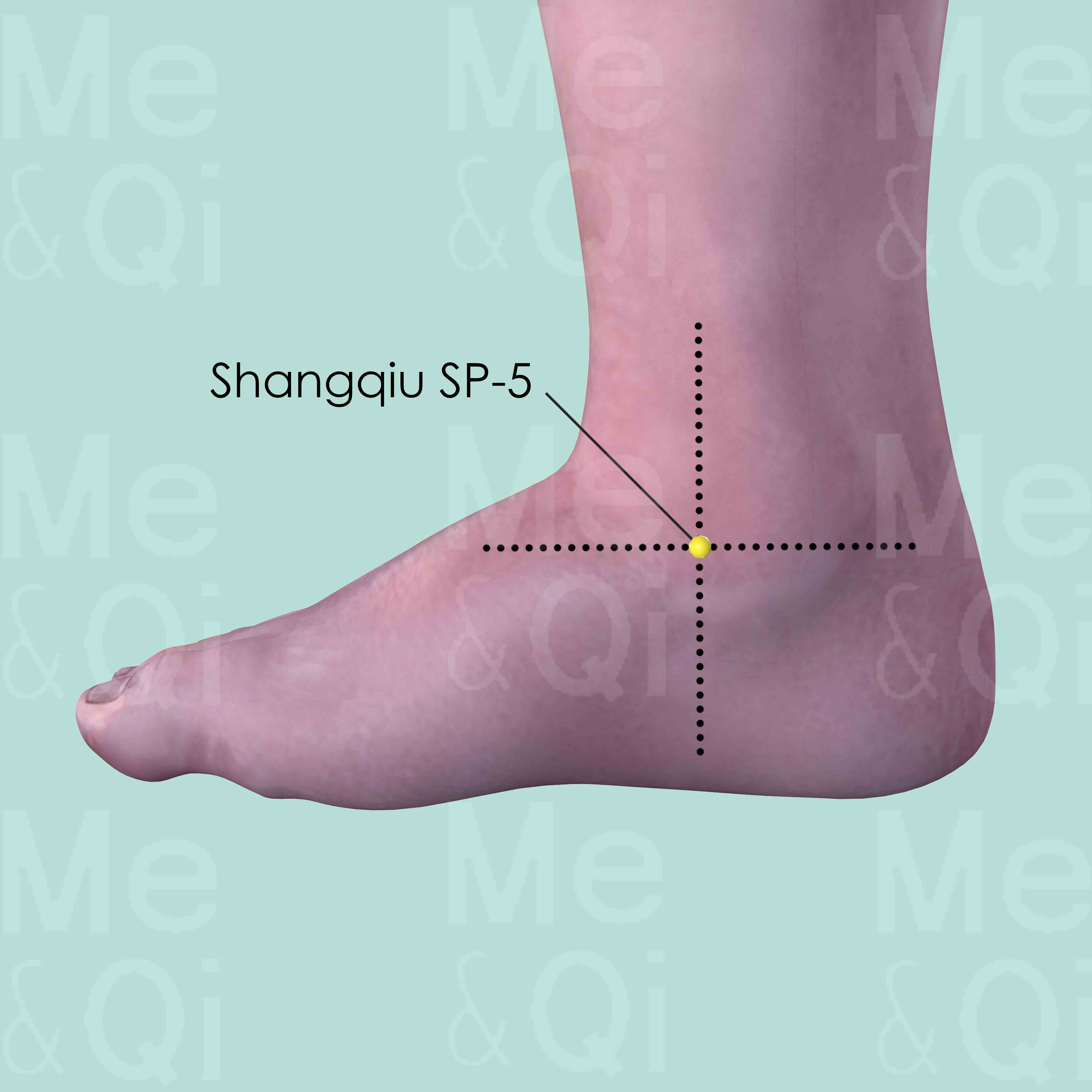
Shangqiu SP-5
In the depression distal and inferior to the medial malleolus, midway between the navicular bone tubercle and the tip of the medial malleolus.
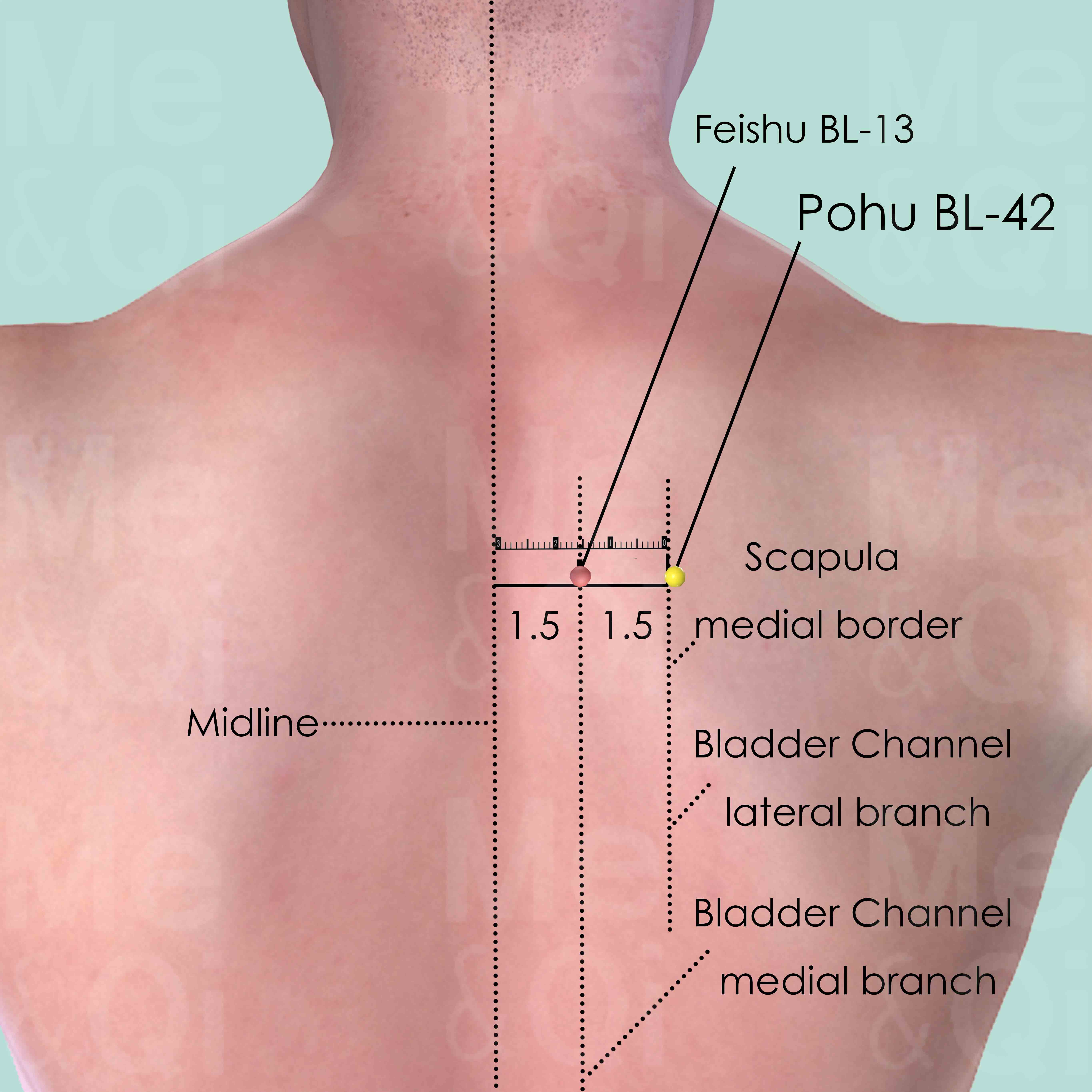
Pohu BL-42
3 cun (about 4 finger-breadths) lateral to the lower border of the spinous process of the 3rd thoracic vertebra (T3).
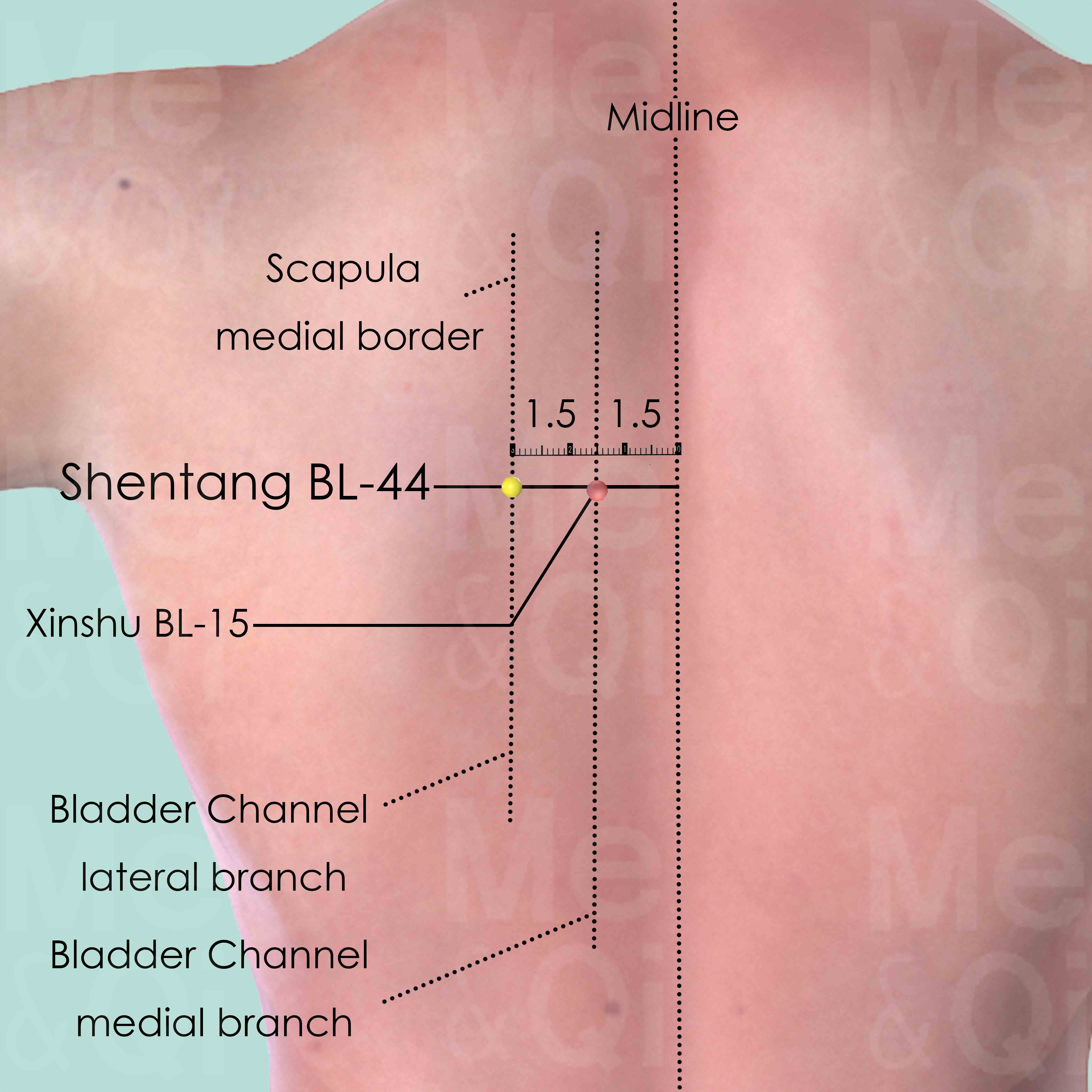
Shentang BL-44
3 cun (about 4 finger-breadths) lateral to the lower border of the spinous process of the 5th thoracic vertebra (T5).
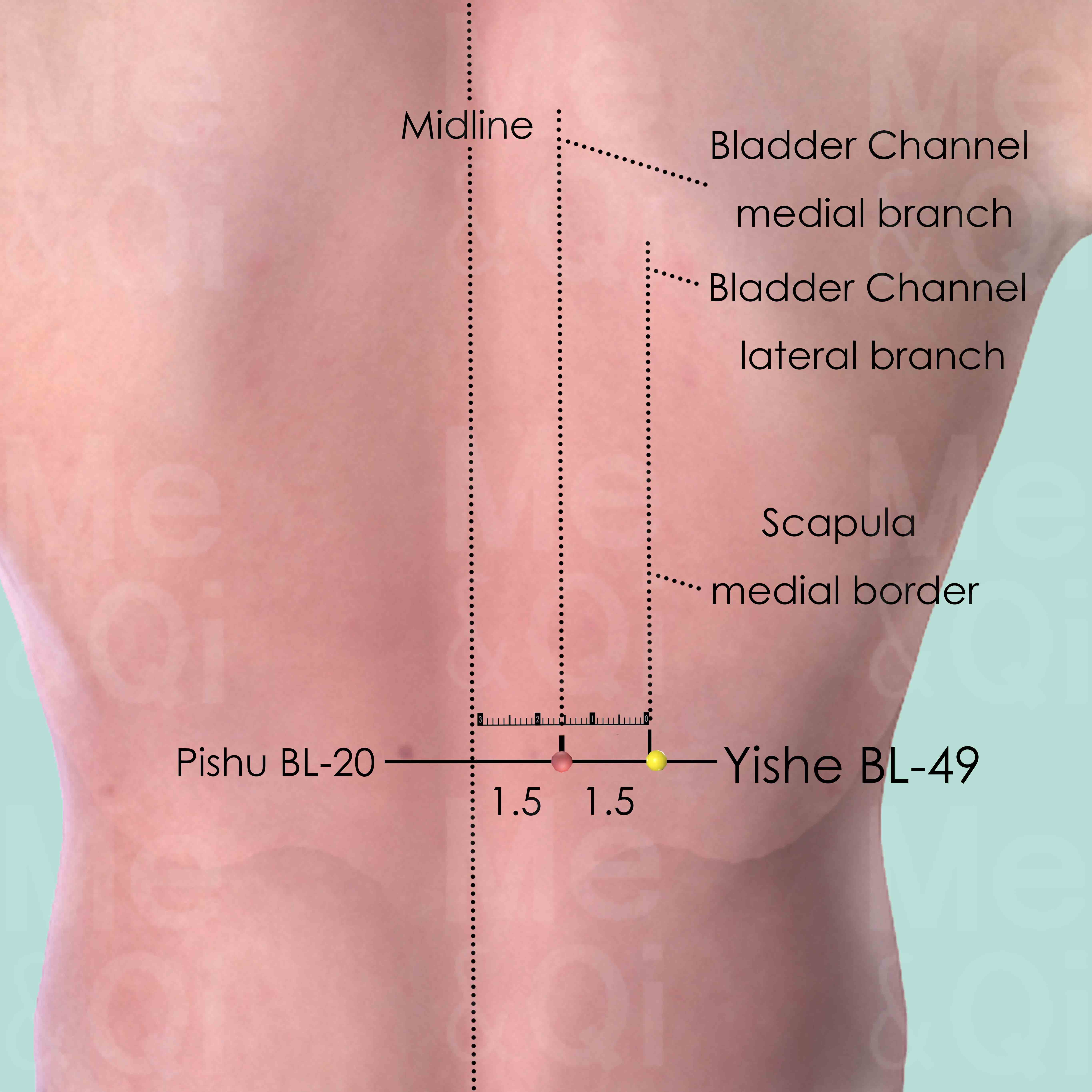
Yishe BL-49
3 cun lateral to the lower border of the spinous process of the 11th thoracic vertebra (T11).
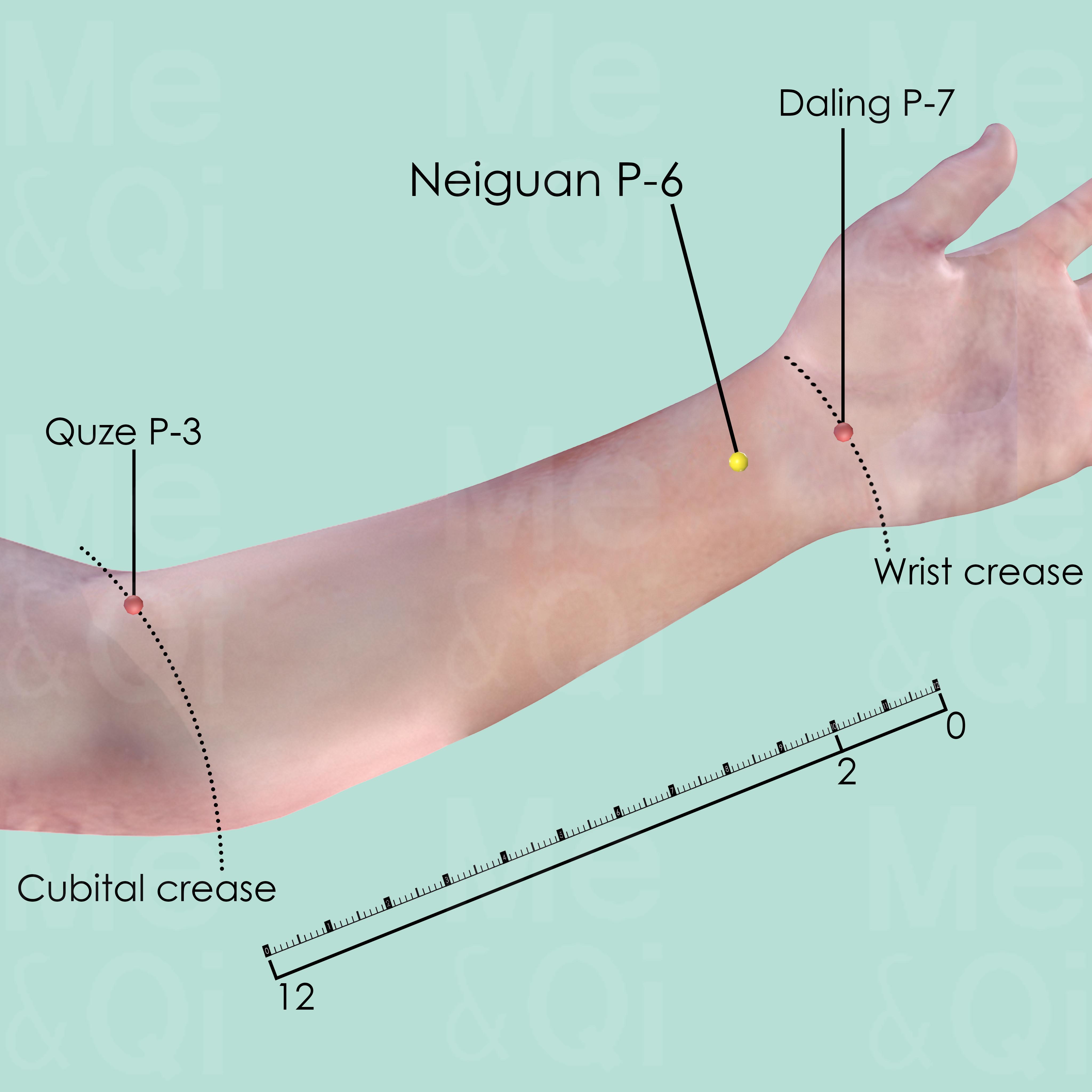
Neiguan P-6
2 cun above Daling P-7 on the transverse crease of the wrist, between the tendons of palmaris longus and flexor carpi radialis muscle.
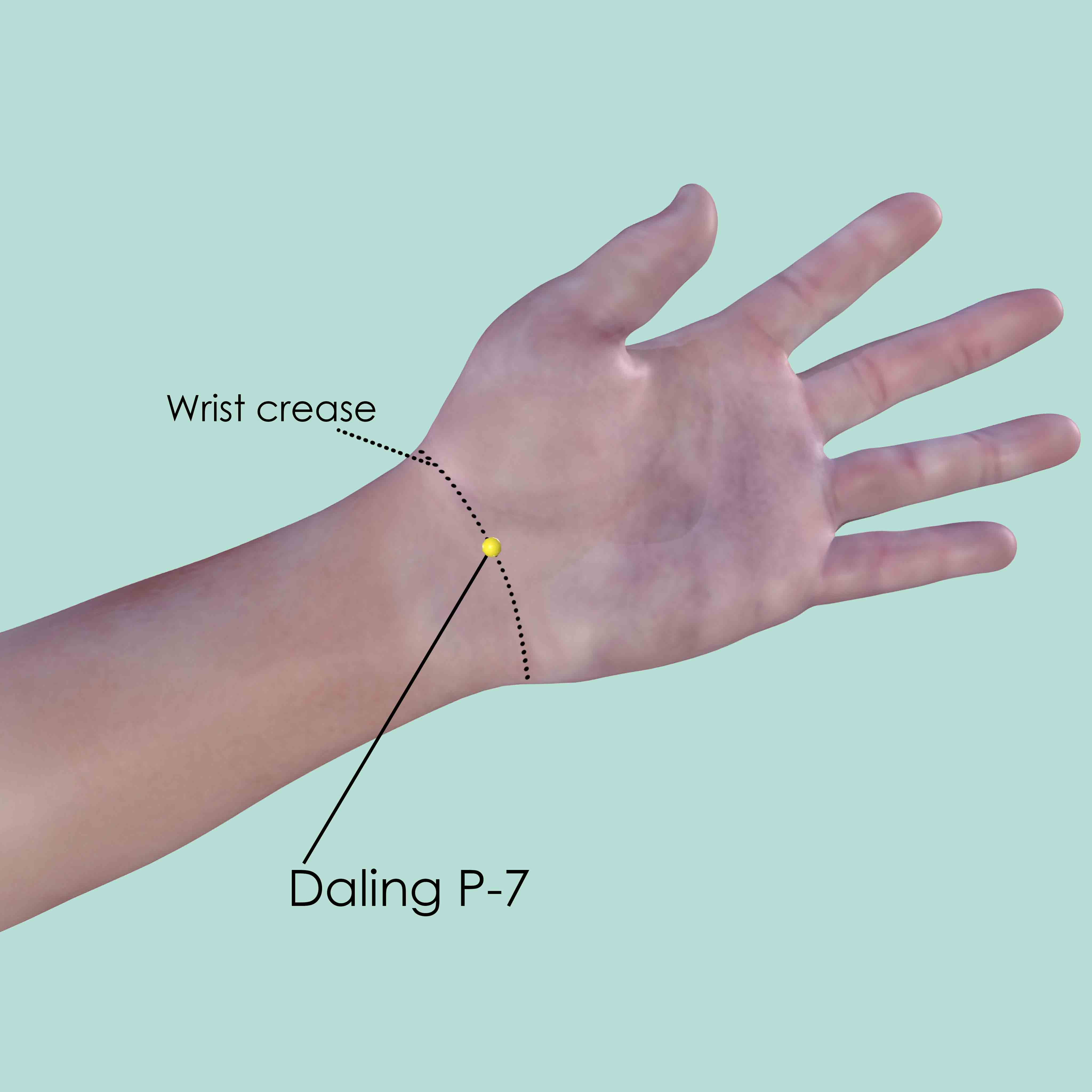
Daling P-7
In the depression in the middle of the transverse crease of the wrist, between the tendons of palmaris longus and flexor carpi radialis muscle.
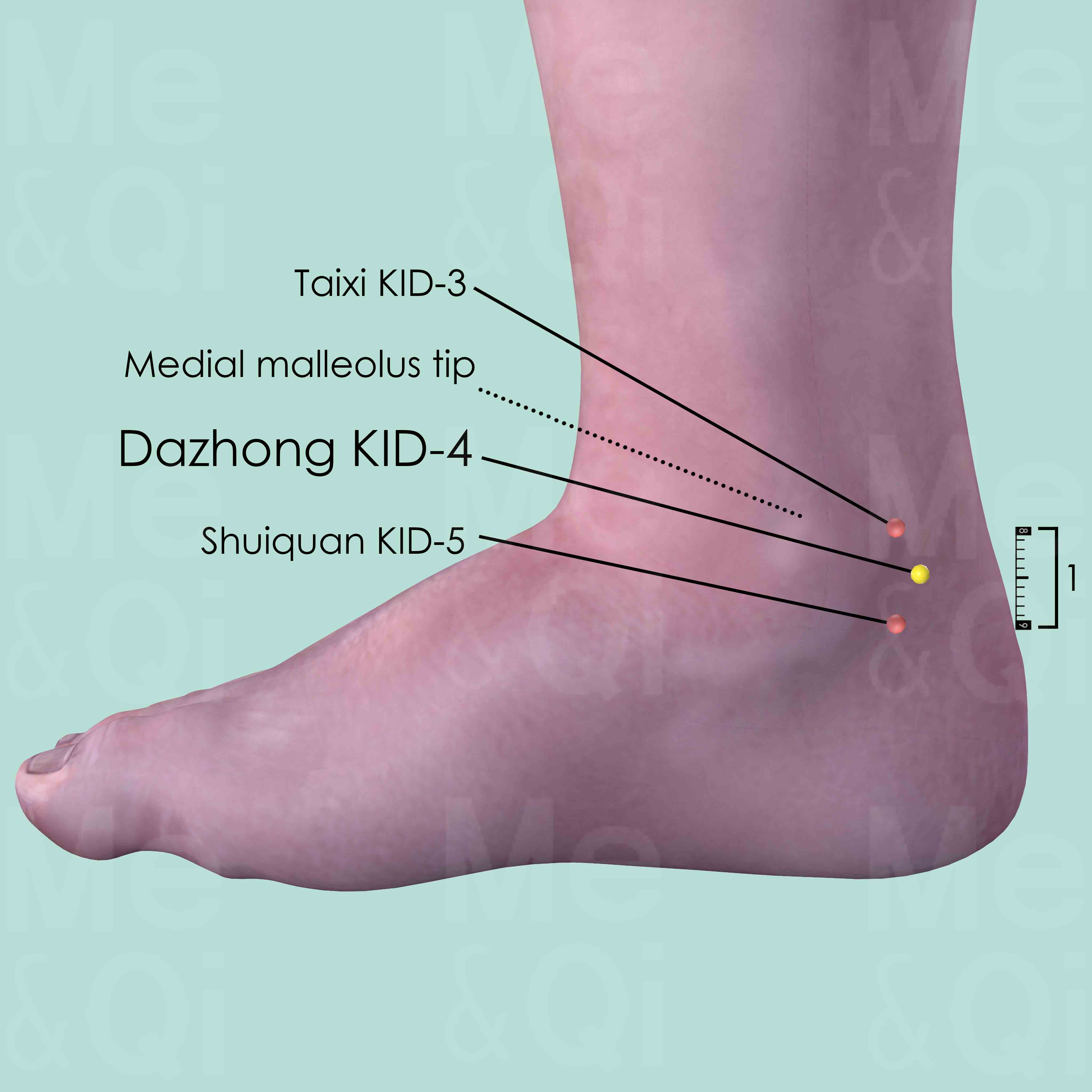
Dazhong KID-4
Posterior and inferior to the medial malleolus, in the depression medial to the Achilles tendon, superior to its insertion at the calcaneus.
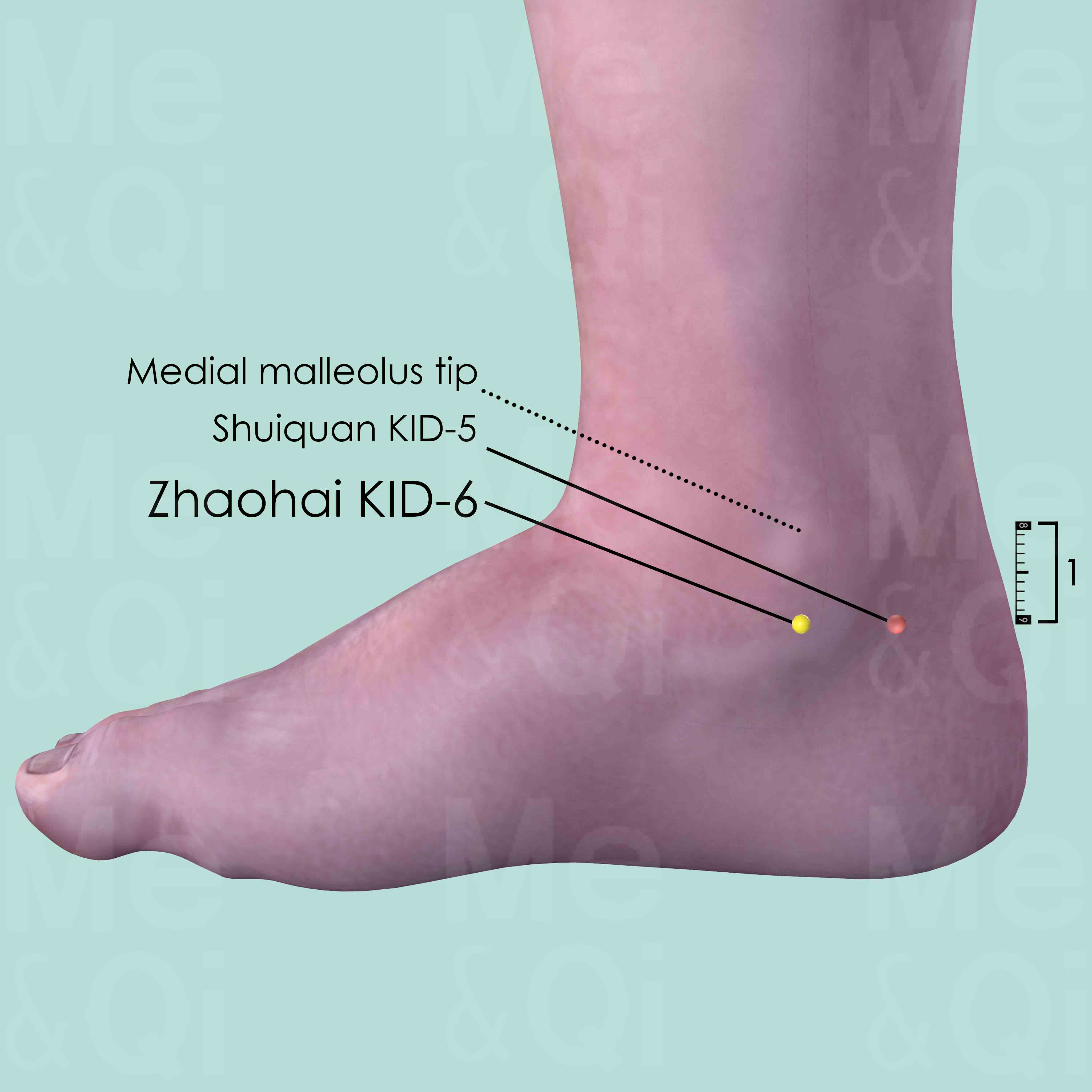
Zhaohai KID-6
Approximately 1 cun below the medial malleolus tip, over the joint space between the talus and the calcaneus.
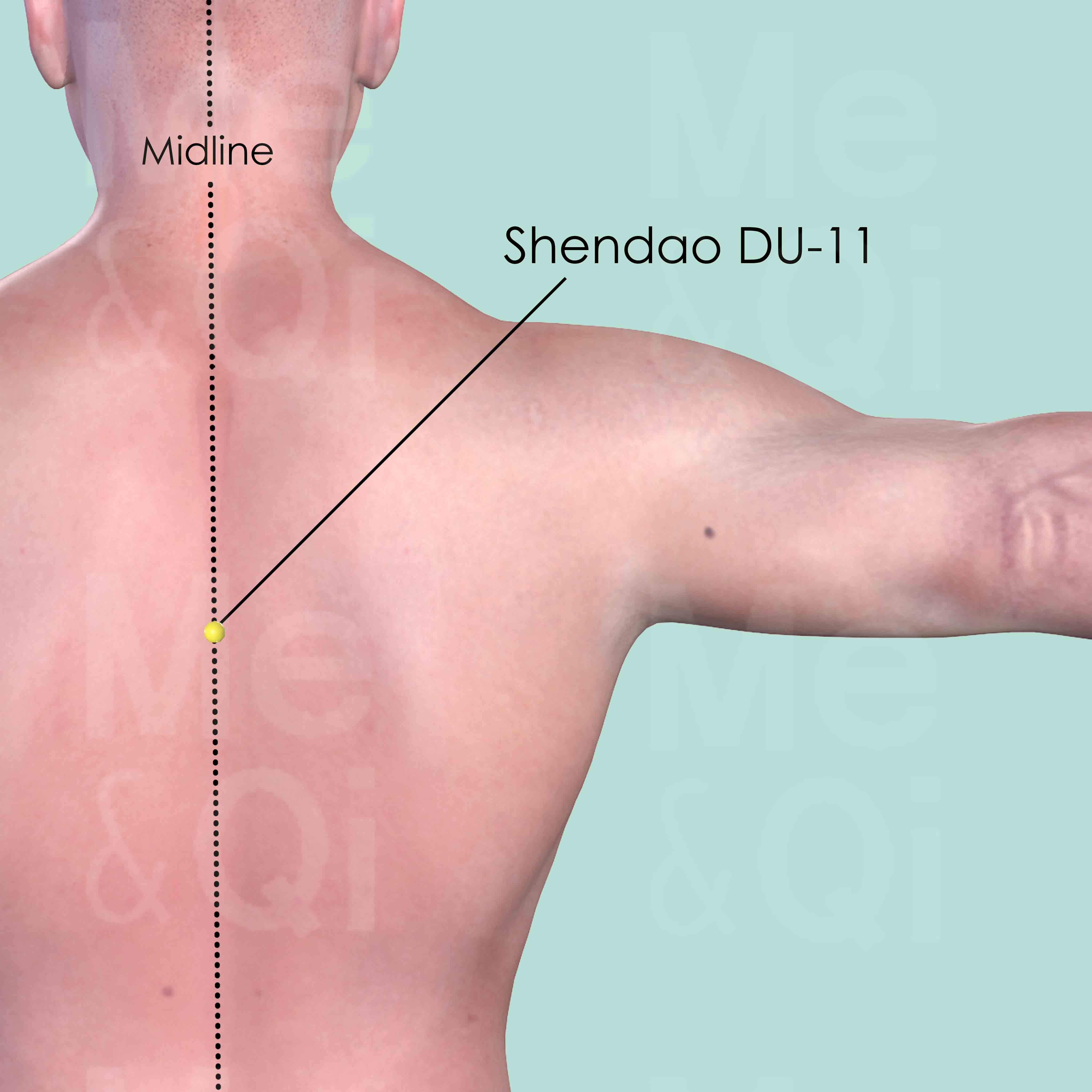
Shendao DU-11
On the back midline, in the depression below the spinous process of the 5th thoracic vertebra (T5).
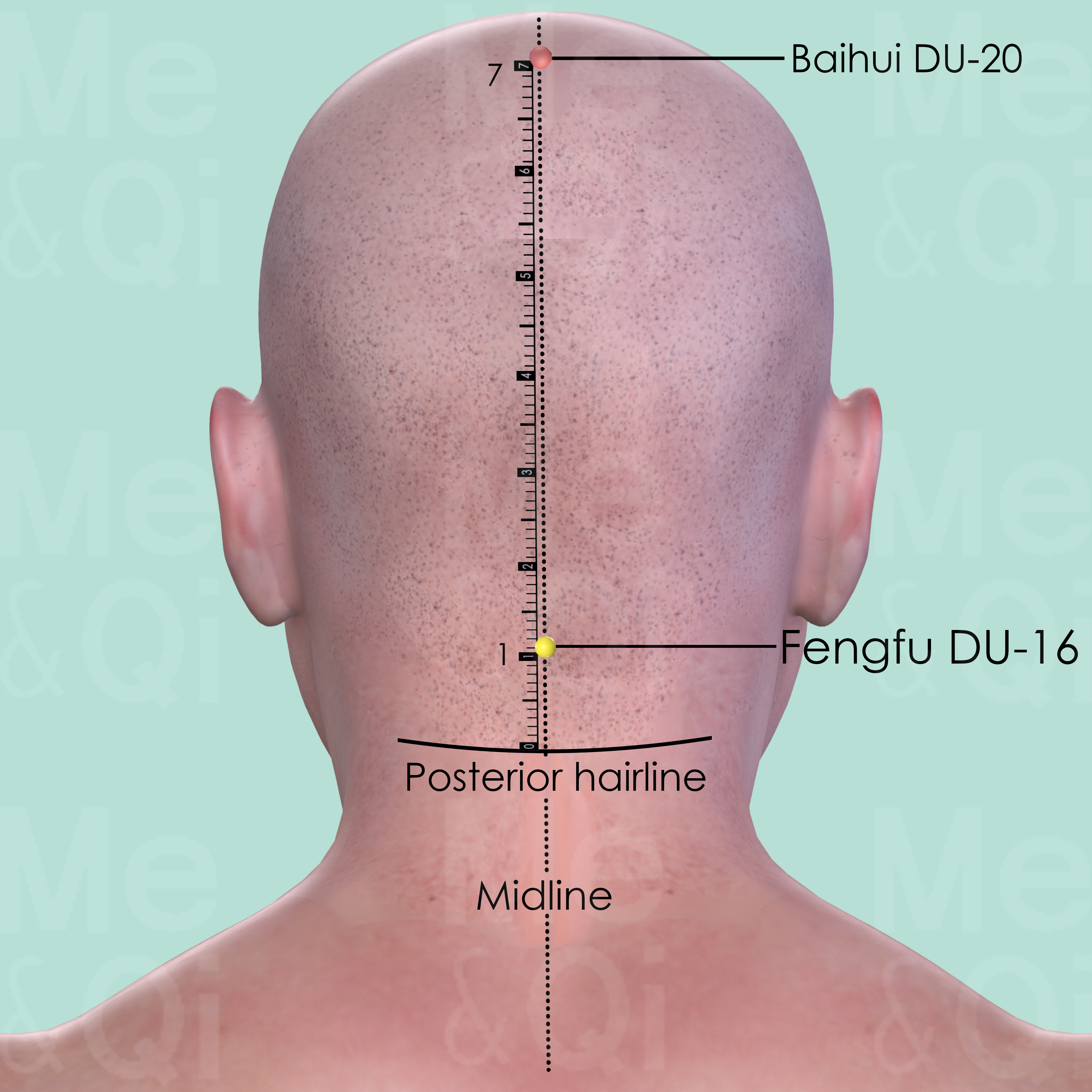
Fengfu DU-16
Directly below the external occipital protuberance, in the depression between the origins of the trapezius muscle.
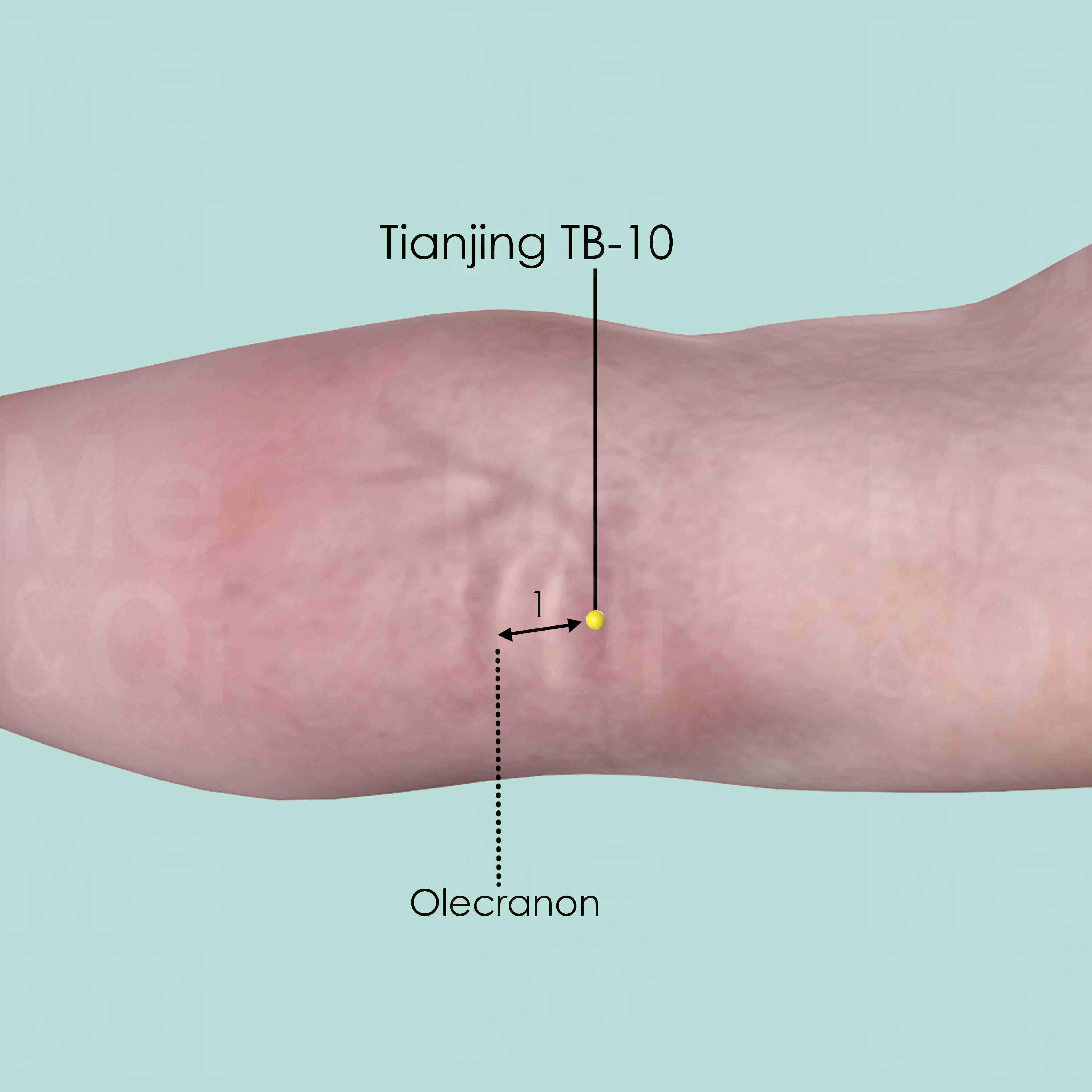
Tianjing TB-10
When the elbow is flexed, Tianjing TB-10 is in the depression about 1 cun superior to the olecranon.
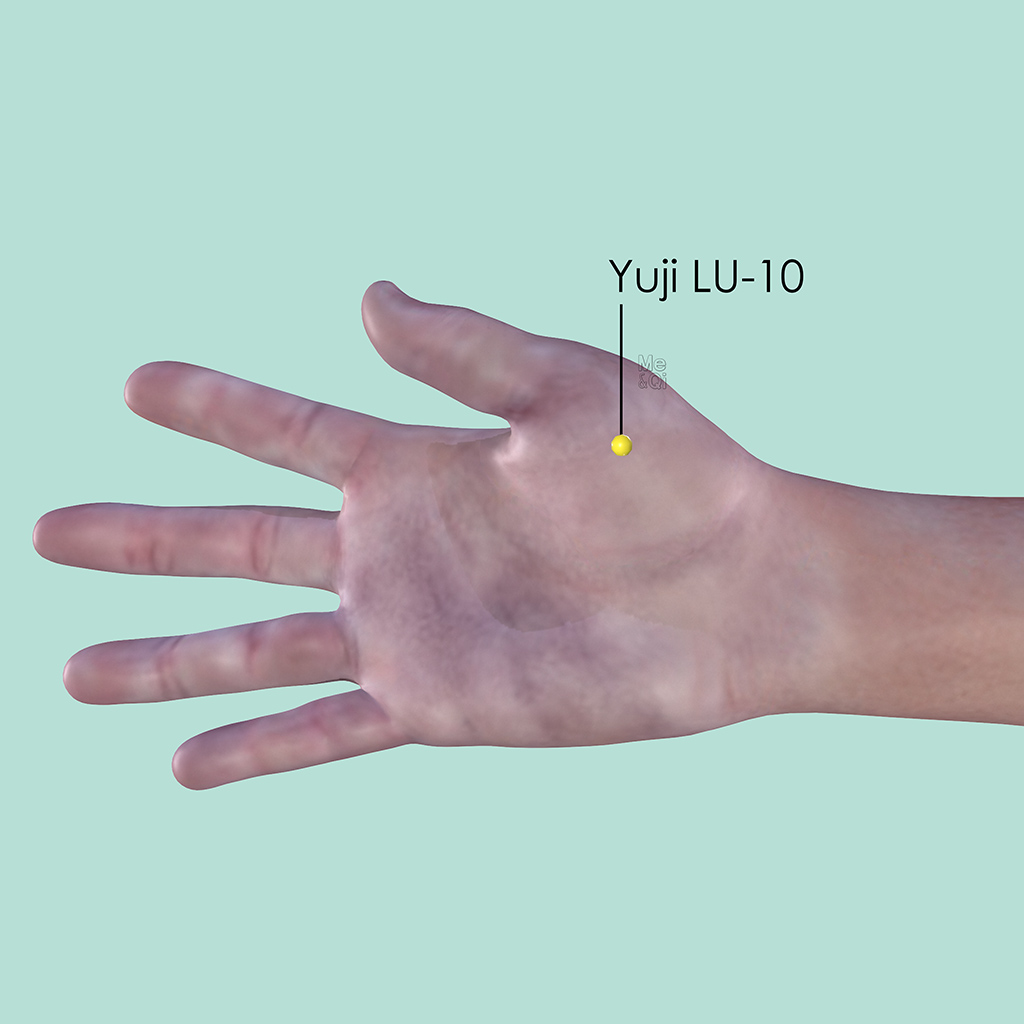
Yuji LU-10
On the radial aspect of the midpoint of the first metacarpal bone, on the junction of the red and white skin (the junction of the dorsum and palm of the hand).

